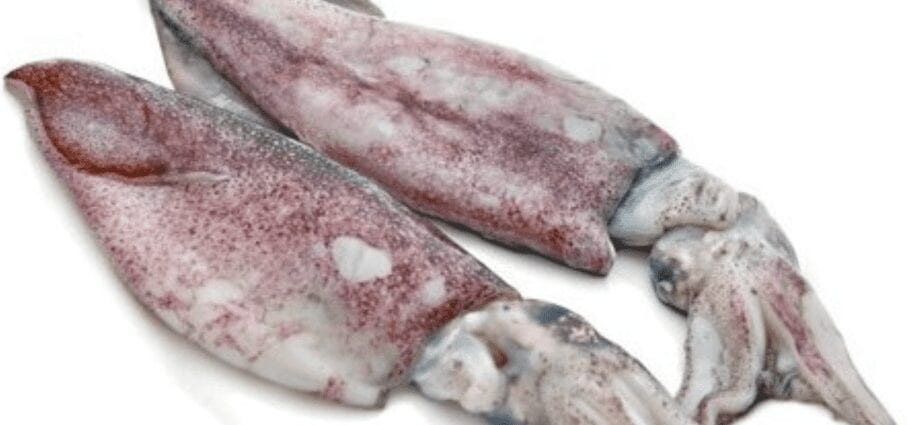Contents
Description
Cuttlefish is an amazing and very unusual creature, the meat of which is considered very valuable and is used in the cuisines of many coastal states. In nature, animals look like in the photo.
But not all subspecies of this mollusk that live in illuminated waters are considered suitable for food. Some of them, for example, painted cuttlefish, are poisonous. Molluscs differ from each other mainly in appearance (size and colors), although sometimes it is difficult to understand what color a mollusk is, due to its peculiarity to change color.
It is the appearance of many that raises doubts and quite natural questions: “Do these bizarre inhabitants of the seas eat in general, and if they do, then how?”
Cuttlefish are classified as cephalopods, and they belong to the order of decapods, because this is how many “legs” the animal has. Their body consists of a shell, mantle and tentacles, and the internal structure is not much different from the structure of their close “relatives” – octopuses, with the exception of one feature, which is described below.
The variety of representatives of this species has one similarity – the presence of an ink sac, which mollusks use to protect their own integrity. With all this, these unusual marine inhabitants are themselves predators and feed on their neighbors, whose size is smaller than their own: shrimp, crabs and small fish.
The size of the largest animal ever caught by fishermen was one and a half meters, and the weight was close to twelve kilograms.
Scientists rank these invertebrates among the most intelligent creatures of the oceans. They are unhurried and very shy, behave cautiously, can change their original color, and most often adhere to the coastline, rarely entering the depths.
Despite the fact that cuttlefish are very smart, it is the habitation of individuals in low water that allows people to catch the animal and then keep it in the aquarium. Catching cuttlefish has long been carried out on an industrial scale, but the life time in captivity for a cuttlefish does not exceed two years, subject to all conditions of its keeping.
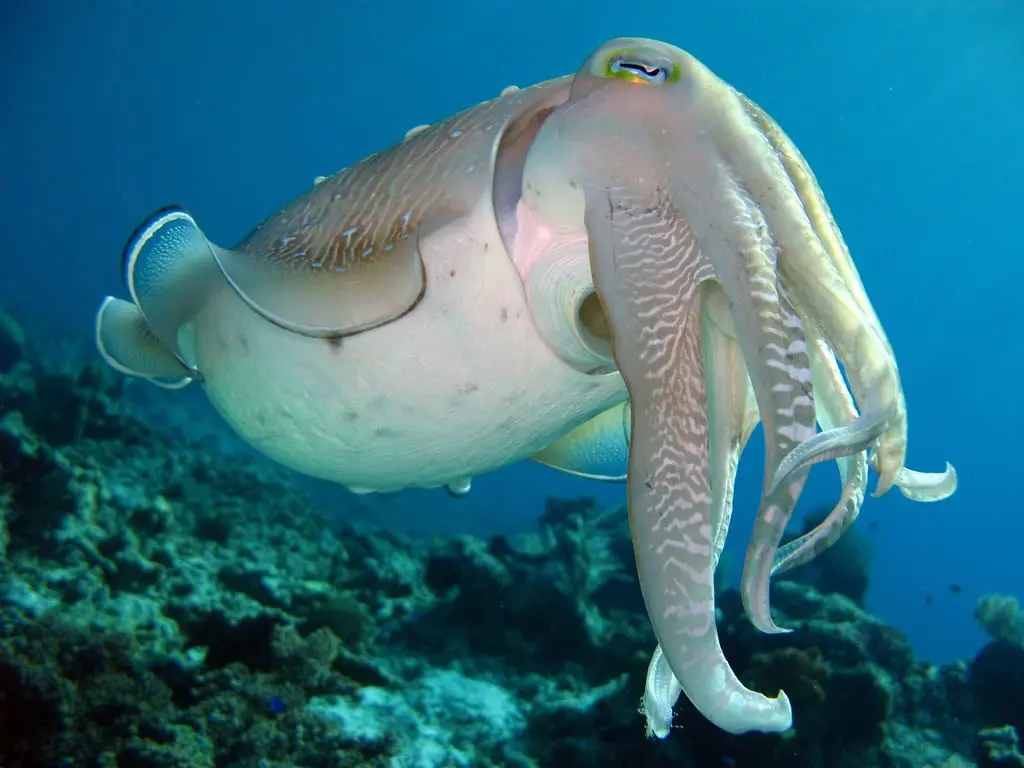
The movements of cuttlefish in the water are smooth and so imperceptible that they are rather difficult to see, especially since most of the species of these mollusks can adapt to the features of the seabed and its reliefs. You can see this in the video showing the life of these mysterious inhabitants of the seas.
Composition and calorie content
- Calorie value: 79 kcal.
- Energy value of the product Cuttlefish:
- Proteins: 16.24 g.
- Fat: 0.7 g.
- Carbohydrates: 0.82 g.
Cuttlefish meat contains a huge amount of useful substances: vitamins A, B6, E, B12, D, omega-3 and omega-6 fatty acids, as well as selenium, potassium, copper, phosphorus, iron, iodine, zinc and almost all amino acids necessary our body.
Cuttlefish ink
Cuttlefish have the largest ink supply. For centuries, people have used this ink for writing, and also as a paint, called “sepia” – from the scientific name for cuttlefish. Painters greatly appreciated this paint for its unusually clear brown tone.
Modern industry produces paints based on chemistry, however, natural “sepia” is still used in production.
The benefits of cuttlefish
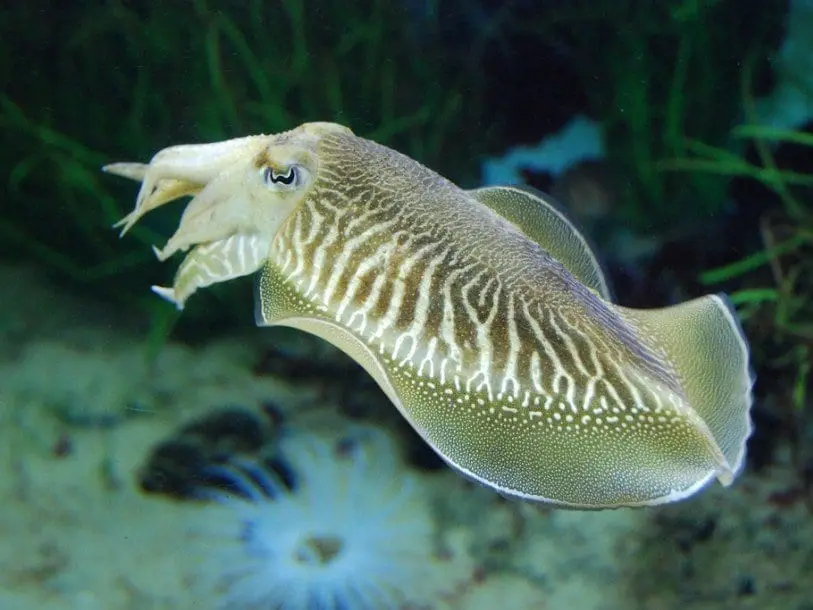
In addition to excellent culinary qualities, one cannot but pay attention to the benefits of cuttlefish for human health. The meat of this mollusk contains a huge amount of useful substances: vitamins, omega-3 and omega-6 fatty acids, amino acids, as well as mineral elements necessary for the normal functioning of the body – selenium, potassium, copper, phosphorus, iron, iodine and zinc.
In addition, the nutritional value of cuttlefish far exceeds the gastronomic value of pork, beef or river fish.
Known benefits of cuttlefish, in particular its fat, and for the normalization of metabolism in the human body. Moreover, it is a unique natural antibiotic. And the fatty acids in cuttlefish meat help lower cholesterol levels, as well as attenuate inflammatory processes.
Harm and contraindications
The main limitation is the presence of allergic reactions to seafood. People who are prone to allergies should not include cuttlefish in their diet.
Cooking applications
In cooking, both the meat of this cephalopod mollusk and its ink are used. A large number of dishes are prepared from meat. It tastes like nuts, is just as oily and delicate, and its aroma is similar to other seafood. Resourceful chefs use cuttlefish meat to prepare delicious dishes, for example:
- dumplings;
- pizza;
- kebabs;
- salads;
- rolls;
- risotto;
- smoked delicacies;
- paellas;
- paste.
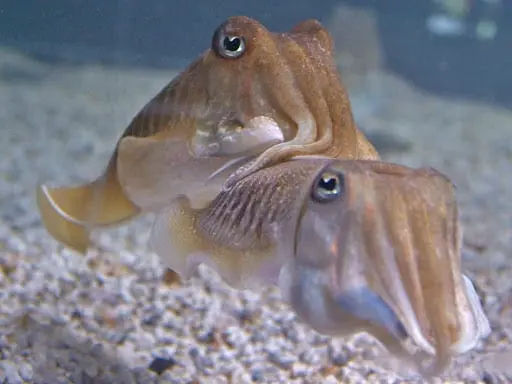
A popular delicacy is small cuttlefish deep-fried and served in a creamy sauce. Pieces of meat baked on the grill or cooked in a smokehouse using aromatic wood chips are also very tasty. This delicacy is served with beer along with mussels, squid and octopus.
Cuttlefish meat and sepia are at the top of the list in many national cuisines. In Japan, for example, cuttlefish are not only used boiled or fried, but also salted, pickled and even dried. I would like to note that unusual black ice cream is obtained by staining delicacies with ink of this interesting mollusk.
Cuttlefish meat is served with spaghetti, noodles, and rice, and Italians use it instead of anchovies in the manufacture of linguini – a type of pasta shaped like a leaf or tongue. These dishes are also served with a sauce made from clam ink.
Very often, sepia is added when kneading dough, and then bread and buns are baked from it, which have an unusual color and taste. Buns are often used to make boogers and hamburgers. Pancakes with the addition of ink, as well as wafer sheets, which are used as “containers” for various desserts, are also interesting in appearance and taste.
Cuttlefish ink is used to make savory sauces, rolls, soups, and even chips.
The variety of cuttlefish dishes should certainly interest curious housewives, but only they are not very easy to prepare. In order for the food to be tasty, seafood must not only be cut correctly, it must be able to choose the proper quality.
The best option is the use of fresh fish caught immediately before consumption of the individual. But due to the fact that fresh cuttlefish, like any other product containing animal protein, has a short shelf life, its carcasses began to be cooled and even frozen. It is in this form that the product most often arrives on the shelves of stores, regions located far from the habitats of shellfish.

You need to defrost cuttlefish in water. It should be noted that both gutted and non-gutted molluscs are on sale. If you got the whole carcass, then you have to tinker a little.
In other industries
Other industries, such as industry, use the mollusk’s ink and shell. Sepia is used to make the paint of the same name, which artists still use today, along with its chemical substitute, and the shell is used to obtain bone meal. The latter is used both in agriculture and in industrial and domestic animal husbandry.
The minerals present in the skeleton, in particular, calcium and phosphorus, are a very necessary component for growing poultry. The shells of cuttlefish are hung in the cages of parrots. The birds clean their beak on the stone, and the small crumbs, pinched off and eaten by them, have a beneficial effect on the digestion of pets.
The beneficial qualities of bone meal are also appreciated by the owners of Achatina snails and turtles. For these pets, the minerals contained in the shells allow them to preserve their own chitinous cover and improve their appearance.
In pharmacology
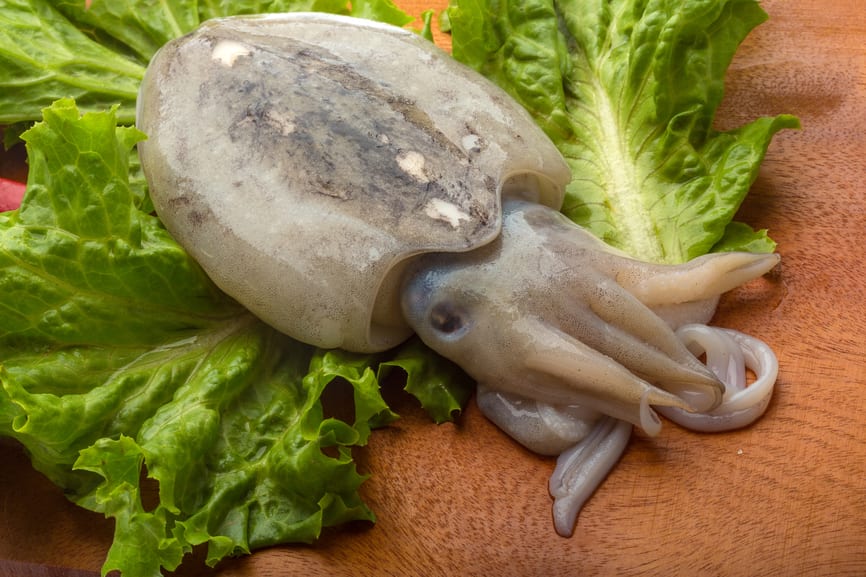
In pharmacology, cuttlefish have also been used. They are used to prepare a homeopathic medicine that helps to cope with complications arising in the climacteric period (hot flashes, sleep disturbances, migraines, instability of the nervous system), and also successfully fights against ovarian dysfunction. The positive effect of the use of a preparation containing sepia has also been proven, and in such diseases as:
- displacement of the uterus;
- profuse and itchy leucorrhoea;
- constipation;
- hemorrhoids;
- dyspepsia;
- prolapse of the rectum.
The crushed shell of molluscs is also used in the production of medicinal toothpaste, which not only cleanses the teeth, but can also strengthen them. Those who have tried this remedy on themselves leave the best reviews about it.
How to cook cuttlefish properly?
The question to which culinary experts are looking for an answer, who have discovered this valuable seafood on sale. The quality of the finished product, of course, will depend on the quality of the main ingredient, but a very good product can be irreversibly ruined if it is cut incorrectly.
Cuttlefish need to be cleaned properly. The main actions of the culinary specialist should be aimed at removing the ink bag, otherwise, when it breaks, everyone runs the risk of getting the meat colored brown. Do not rush to throw away the successfully extracted ink, because it is also used in cooking! It should be noted that in some regions this product is even sold separately, packaged in small bottles.

Do not forget that the coloring matter of cuttlefish eats into the tissue very strongly, so when cutting the carcass it will not be unnecessary to use medical gloves, and it should also be noted that you need to act with extreme caution.
So, make a small incision at the bottom of the abdomen and take out a small silver-colored pouch filled with sepia, then set it aside.
After removing the sac, the shell should be carefully removed, and the eyes and mouth of the clam should be cut out. The cut carcass should be thoroughly rinsed in running water, dried with a towel, and only then start preparing the planned delicacy.
Most recipes for cooking cuttlefish involve boiling the meat and then processing it. Cooking time for a large individual can be thirty minutes. Smaller shellfish will be ready in less time.
If the recipe for cooking the dish you have chosen consists in frying the product, then be sure to take note of the rule: first of all, cook the head of the mollusk, placing the body with the tentacles up, and only then turn the workpiece over onto the belly. This does not apply to products cut into rings like squid. The crushed product is roasted more evenly.
Cuttlefish ink is usually added to the dish a few minutes before the end of the cooking process. Only if the shellfish you purchased was frozen, then before use, sepia will need to be diluted in a small amount of water or broth at room temperature so that the product does not curdle during further heat treatment.










